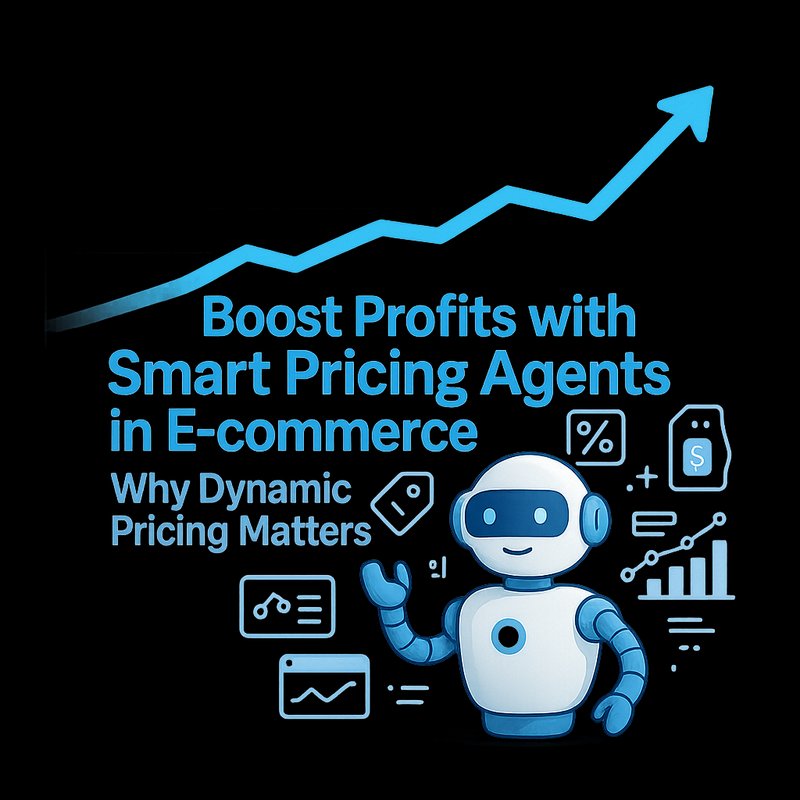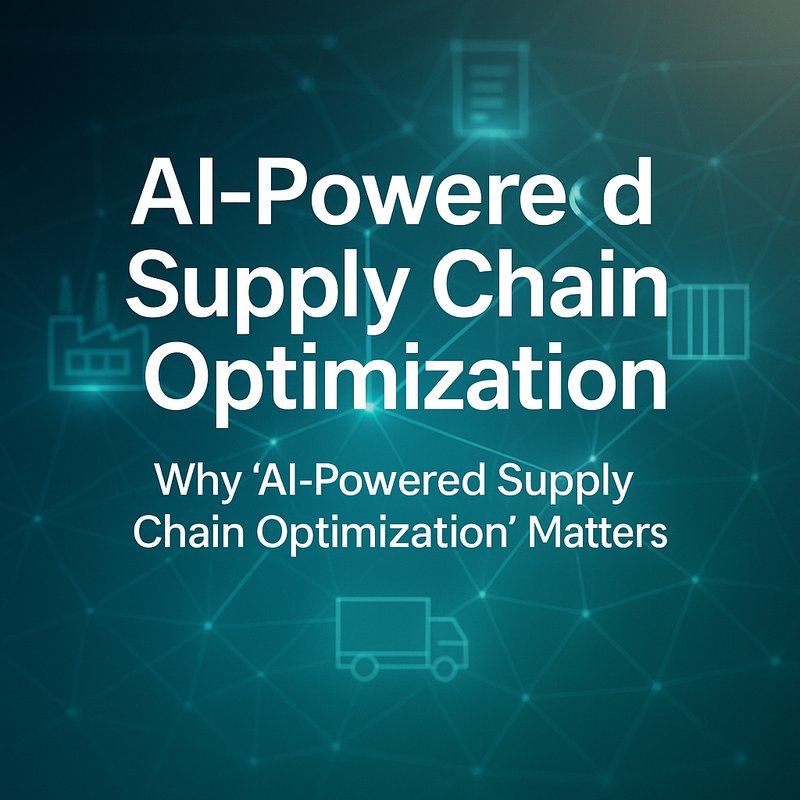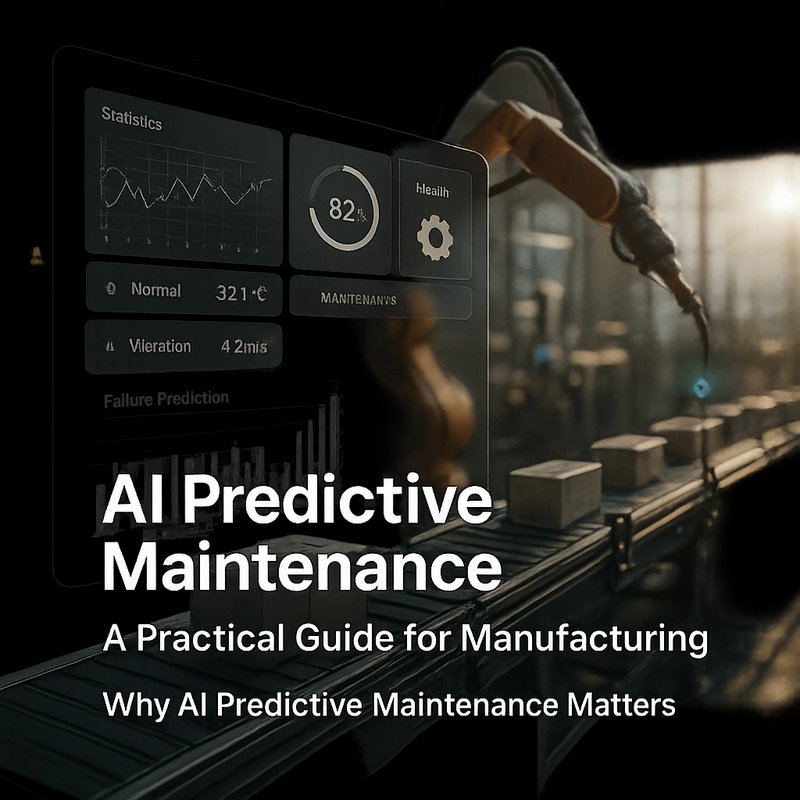Online sellers face stiff competition these days. Prices change by the hour. Demand shifts in real time. Consumers expect the best deal, right now. Keeping up in that whirlwind can feel impossible. That is where smart pricing agents come in. These AI helpers monitor data, test price points, and update your catalog at scale. No more guesswork. No more manual updates in spreadsheets.
In this article, we’ll explore how dynamic pricing agents work, their core components, benefits, and how you can plug them into your e-commerce toolkit with Neura AI.
Why Dynamic Pricing Matters
Ever noticed how flight prices go up when demand spikes? Or how ride-share apps adjust rates when traffic surges? That’s dynamic pricing at play. In e-commerce, it helps you:
- Maximize revenue during high demand
- Stay competitive when rivals drop prices
- Clear excess stock before it goes stale
- Boost customer satisfaction by offering timely deals
On top of that, dynamic pricing can improve profit margins. According to a McKinsey report, retailers using real-time pricing can see up to 2–7% revenue gains. Yet most small to mid-sized shops still rely on static price lists. They miss opportunities and leave money on the table.
The Pitfalls of Manual Pricing
Most sellers use spreadsheets or home-grown scripts to update prices. This approach has drawbacks:
- Slow reaction: Manual edits take hours or days
- Human errors: Typos and broken formulas sneak in
- Lack of context: You miss competitor moves or demand shifts
- Limited testing: Hard to A/B test price changes at scale
What if you could automate all that? Enter dynamic pricing agents.
What Are Smart Pricing Agents?
Smart pricing agents are AI-powered bots that connect to your product catalog, order history, and external data. They:
- Monitor sales and inventory in real time
- Gather competitor prices from websites like Amazon or eBay
- Analyze customer demand patterns and seasonality
- Run small experiments to find optimal price points
These agents can either suggest prices for your review or push updates directly to your store. They adapt as new data arrives. And they work across hundreds or thousands of SKUs without breaking a sweat.
Data Collection Agents
First, you need accurate, up-to-date signals. Data collection agents gather:
- Internal sales data from your ERP or order management system
- Inventory levels and warehouse locations
- Competitor prices scraped from public sites or via APIs (think Google Shopping or Meta Marketplace)
- External factors like local events or holidays
These bots clean the raw input, remove duplicates, and flag anomalies. For example, if a bulk order skews your numbers, the agent will label it as one-off. That prevents your model from overreacting.
Demand Prediction Agents
Next, demand prediction agents forecast how many units you’ll sell at different price points. They apply machine learning models—seasonal time series, regression trees, even LLM prompts—to predict:
- Sales curves for each product
- Peak and valley demand windows
- Price elasticities (how sensitive sales are to price changes)
I’ve seen retailers run simple Monte Carlo simulations to test “what if” scenarios. What if we lower price by 5%? Or bundle two items? These agents provide quick simulations so you can make data-driven calls.
Competitive Monitoring Agents
Pricing without market context can backfire. Competitive monitoring agents keep tabs on your rivals. They:
- Scrape price tags from Amazon, Walmart, or niche marketplaces
- Track promotions and discount codes
- Compare shipping fees and delivery promises
- Spot new entrants or out-of-stock signals
When a competitor slashes cost, your agent can notify you or auto-adjust according to your rules. You decide your tolerance: match lowest, undercut by 1%, or stay within target margin.
Core Benefits of Dynamic Pricing Agents
- Faster Updates: Prices refresh in minutes instead of days
- Better Margins: Algorithms help find sweet spots for profits
- Real-Time Alerts: Get notified when cost changes threaten your margin
- Smarter Promotions: Agents suggest bundle deals or flash sales
- Scale Economically: Manage thousands of SKUs with minimal effort
I once worked with a mid-size toy retailer that cut out-of-stock issues by 20% and boosted average order value by 8%. All because their pricing agent spotted rising demand and nudged prices up just enough.
Real-World Use Cases
Seasonal Goods
Holiday seasons are a classic case. Demand spikes in November and December. A smart agent can:
- Detect early demand signals (like pre-orders)
- Raise prices on high-demand items
- Apply discounts on slow movers
- Phase out seasonal stock after peak

Instead of updating 500 SKUs manually, you set rules once. The agent does the rest.
Perishable Inventory
Food, flowers, or cosmetics have limited shelf life. A pricing agent helps:
- Lower prices as expiration dates near
- Promote bundles to clear stock
- Forecast spoilage risk by demand trends
This reduces waste and maximizes revenue on perishable lines.
High-Value Tech Products
When new gadgets launch, prices can swing widely. Your smart agent can:
- Track MSRP changes on partner sites
- React to competitor bundles (e.g., free headphones)
- Suggest launch pricing based on pre-order volumes
No spreadsheet juggling needed.
Implementing Smart Pricing with Neura AI
Neura AI makes it easy to add dynamic pricing agents alongside your existing tools. Let’s look at three ways:
Neura Artifacto
Artifacto is your chat interface for quick analysis. Ask it:
“Compare our iPhone cases prices against top five Amazon sellers and suggest a 7-day pricing plan.”
Artifacto pulls data from your ERP, scrapes competitor sites, and returns a chart with recommended actions.
Neura ACE
ACE is your autonomous content and data executive. Configure an ACE agent to:
- Run daily price checks on all products
- Auto-generate a markdown report of price changes and snapshots
- Push approved price updates to Shopify or Magento via API
ACE works on schedule. No manual triggering.
Neura Router Agents
Need to connect to 500+ models or tools? Router Agents handle:
- Speech-to-text: Transcribe supplier calls for cost updates
- Document analysis: Extract pricing terms from PDF contracts
- API orchestration: Route competitor scraping tasks to the fastest model
All via one unified endpoint.
Step-by-Step Integration Guide
- Select High-Impact SKUs: Start with your top 100 products
- Gather Sample Data: Export order history, inventory levels, and current prices
- Spin Up a Trial Agent in Artifacto or ACE
- Define Your Rules: Set margin thresholds, competitor tolerances, and update frequency
- Run a Pilot: Test on a small subset, review suggested price moves
- Refine Prompts and Rules: Adjust models as you learn
- Roll Out Company-Wide: Expand to all products
Within weeks, you’ll notice pricing logs clear of manual errors. And your team can focus on marketing and customer service instead.
Security and Compliance
Pricing data is sensitive. Neura AI ensures:
- Encryption at rest (AES-256) and in transit (TLS)
- Role-based controls so only finance or operations see price logs
- Audit trails for every price change
- Data retention policies you define
- GDPR and CCPA compliance
Your rules engine can even mask sensitive SKUs before sending data to external APIs.
Conclusion
Smart pricing agents turn reactive sellers into strategic price setters. They automate data collection, demand forecasts, and competitor monitoring so you capture every profit opportunity. With Neura AI’s Artifacto, ACE, and Router Agents, you can bolt on dynamic pricing without rebuilding your stack. Start small, prove value, and watch your margins climb. Your next sale just got a little smarter.









